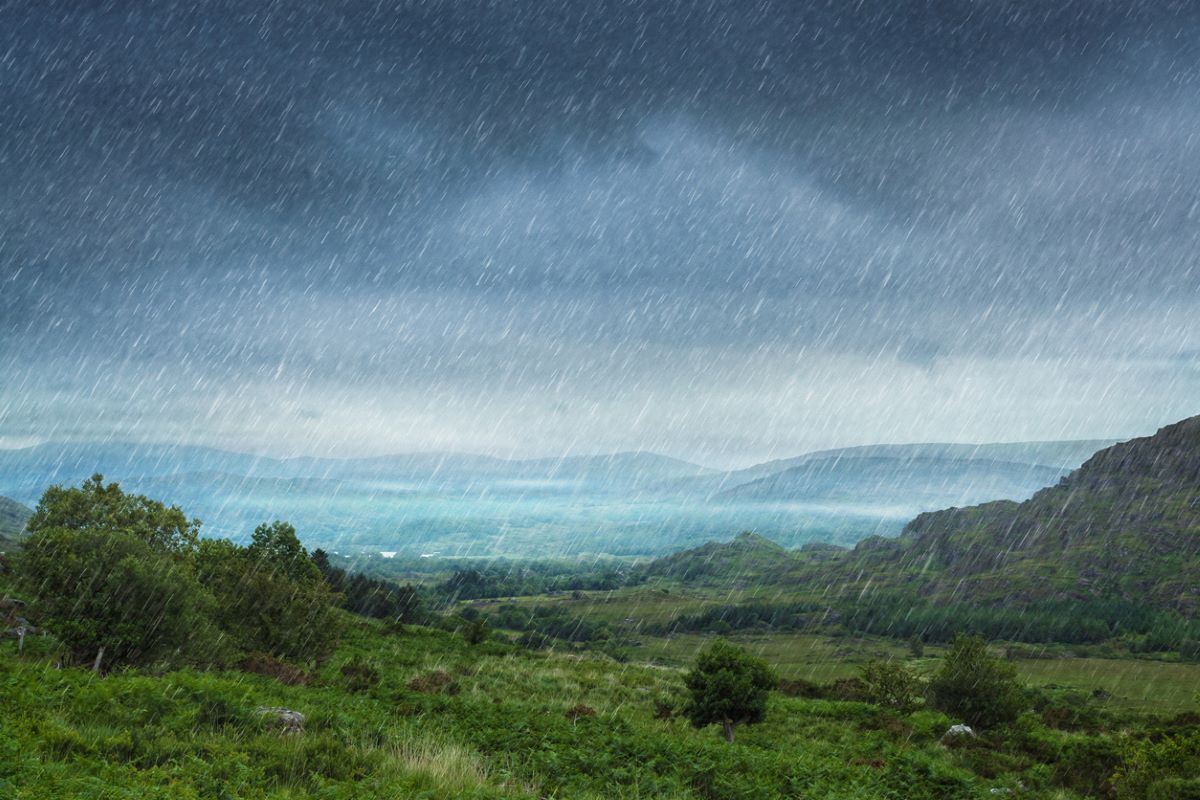ASHA workers lay siege to Kerala Secretariat demanding honorarium hike
ASHA workers have been protesting before the Secretariat here for the last 36 days seeking post-retirement benefits and a hike in their honorarium.
This year the death toll has already crossed 50 with a few people reported missing.

representational image
The monsoon pattern in Kerala has changed since 2018 when the State faced the mega flood which claimed nearly 500 lives, left lakhs homeless and caused property loss of Rs. 30,000. Since then, every year there has been excessive rainfall causing floods and mudslides taking a heavy toll in human lives. This year the death toll has already crossed 50 with a few people reported missing.
The rise in surface temperature in the Arabian Sea due to climate change has led to a 52 per cent rise in the frequency of cyclonic storms, leading to sudden spells of heavy rain. Correspondingly, there has been an eight per cent decrease of the same over the Bay of Bengal. Kerala has a vast stretch of the ecologically sensitive Western Ghats.
Advertisement
Professor Madhav Gadgil in his report on the Western Ghats had warned about the consequences of extractive economic activities in the region. Successive governments in Thiruvananthapuram have failed to end mining and deforestation of the ghats. In 2017 alone more than 7,160 hectares in the central districts of the State were leased for quarrying.
Advertisement
It was in this sector most of the mudslides occurred in 2018 and the subsequent years. Climate change is beyond the control of the Kerala government, but it can regulate and control developmental activities in the ecologically fragile areas in the high ranges. The State also needs a modern weather forecast system that can make more accurate predictions so that the people can prepare themselves for any eventuality.
Caught unawares, the government had to open 435 relief camps to accommodate about 30,000 people this year. According to a research scientist at the Advanced Centre for Atmospheric Radar Research, convective clouds have started climbing to a height of 15 to 16 km over Kerala at times with the top temperature of clouds attaining minus 62 to 82 degrees Celsius, resulting in cloudbursts becoming a part of the monsoon season in the State.
It has become imperative the State gives greater importance to environment impact assessment before it takes up any development project as cloudbursts and extreme rainfall leading to flash floods would become normal in the future. The Idukki Dam built across the Periyar, one of the tallest arch dams in Asia, had to be opened this week to allay fears of the people.
There was a possibility it would breach the upper limit of 2,399 feet and the district administration issued a red alert. Released water from Idukki would flow through Aluva, the commercial hub of Ernakulam. Chief Minister Pinarayi Vijayan has asked the people living on the banks of the flooded rivers to be cautious and take necessary precautions and directed the relief camps to have adequate facilities and food.
In view of the worsening weather condition and forecasts by IMD, pilgrimage to the Ayyappa Temple at Sabarimala has been cancelled for Thula masam (15 October to 14 November).
Advertisement